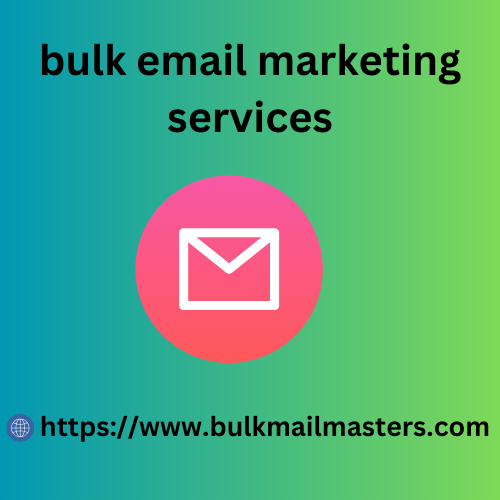Sales is a game of stages. Having a process is a necessity if you want to build a successful long-term business. This process is called a sales funnel and in this article we are going to show you our free sales funnel template that generated $27M ARR.
When the lemlist growth team was formed, our core focus was on three pillars. Actionable content to grab attention, enjoyable product onboarding experience bulk email marketing services and major push to build a deep connection between the lemlist brand and lemlisters.
Our sales funnel lies on these pillars. Today, I’ll talk about it in great detail and share all the secrets that helped us achieve some brilliant results.
What is a sales funnel?
I’ve heard people speaking about “sales funnel” and “sales pipeline” as if they are the same. They’re not. Here’s the difference real quick.
Sales funnel stages
It’s not about having a funnel for sales and another 6 tips for choosing the best app developer for a marketing team. Any company has one funnel, but multiple departments have a different role to play in it.
It’s bonkers to advocate for a one-size-fits-all model too. With so many industries, types of businesses and team sizes involved, there’s no sense in copying/pasting someone else’s sales funnel example.
There are similar patterns to leverage but at the end of the day, we ought to tailor it to our customers and their journey.
iddle of the funnel
Middle-of-the-funnel , aka MOFU, is where things get interesting. Where we turn prospects into leads.
- Prospects are starting to evaluate whether you can solve their pain
- They now know who you are
- You’re competing and your rivals come in all kinds of forms
Keep in mind that they are now very well aware of the problem. Their questions are super specific, BS sensors are sharper and they have certain expectations you need to meet. This is the time where you deliver things in greater detail.
Key Takeaways
Once summed up, we have the context behind our main KPIs (MRR, ARR, Growth Rate, Churn).
We’re able to, as prospects move down the funnel, add tags and segment them. This makes it easier to set up drip campaigns and run remarketing ads.
More importantly, we end up having a huge data pile tg data we use in many ways: future sales campaigns, content ideas, identifying funnel leaks, spotting opportunities, adding and prioritizing features, hiring new people, etc.

